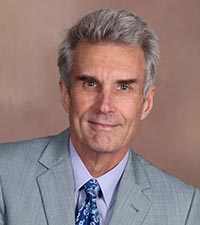Through my travels and readings I have learned about so many ways people bury and honor their dead.
In Guatemala City there is a huge creepy prestigious sprawling cemetery where only the wealthy are allowed to stay indefinitely. Most people can only afford to have their loved ones in a vault for a few years. After that the bones are removed and taken elsewhere. In Lima, Peru, there is a cathedral where tourists can see bones piled on bones in the walls. I suppose the bodies are allowed to decay in the ground and then the bones are dug up and piled in the walls because of the appeal of being in a sacred space.
The most bizarre cemetery I ever saw is in Cairo, Egypt. The cemetery is several miles long and includes all kinds of graves, including little stone houses. Because of the population growth and poverty, many hundreds of thousands of people now live in this cemetery, including inside the stone house tombs. The city has brought in water and electricity. As some clever writer put it, the necropolis has become a metropolis.
For our congregation, my guess is that 95 out of 100 families chose cremation and a columbarium niche for their burials. A growing number of families are choosing to put the majority of the ashes in the niche and spread some ashes in other favorite places. In some cultures it is common for family members to accompany the body to the crematory and sit quietly during the burning. In all my years of ministry, I have only had one request to accompany a family member to the crematory. I can certainly see how some people would find it a helpful and cathartic experience, not unlike shoveling dirt into a grave.
I am not exactly sure why cremation is so popular with our congregation. It seems to be a more urban middle class preference, and full body burials with caskets is still common in rural areas. My best guess is that it is a reaction against the cost of an expensive casket (and sometimes required vault) that will just rot in the ground. Presbyterian practicality and thriftiness. Perhaps cremation more closely and appealingly symbolizes the ashes to ashes dust to dust imagery of the Bible.
The movement I am most interested in is natural burial. You can find a good Wikipedia article about this. Natural burial includes putting the body in a biodegradable coffin or shroud in a shallow grave that is dug by hand. The idea is to compost the soil in a natural helpful way. Cremation requires burning fossil fuels and results in some air pollution.
I do wonder how important it is to have a place for my descendants to visit my burial site. I am not convinced that even my children or grandchildren will care to do so. The memories of our time together is what will endure.
In American Colonial times the standard burial marker was a wooden cross, meant to rot and disappear soon enough. By the time my grandchildren are gone, no one will remember me anyway. So be it. I have been showered with more attention and appreciation in the here and now than I deserve. It is more than enough. I think for now I would like a natural burial somewhere on the farm in Claudville, Va. Wherever it is safe to do so and might help a little tree or shrub grow a little taller and stronger.

